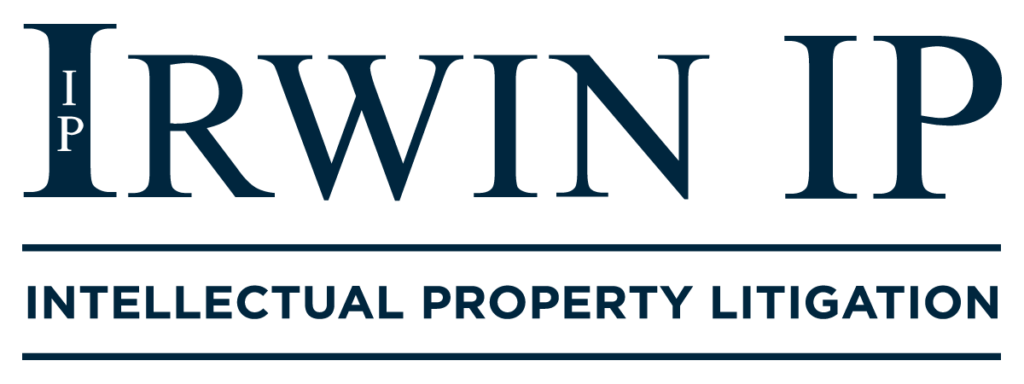The Federal Circuit recently affirmed an award of attorney’s fees for a patent infringement defendant where, as part of its ‘exceptional case’ analysis under 35 U.S.C. § 285, the lower court considered not only the substantive strength of the plaintiff’s position, but also its business model and history of litigation. Blackbird Tech. LLC v. Health in Motion LLC, No. 2018-2393 (Fed. Cir. Dec. 16, 2019). For context, Blackbird Technologies (“Blackbird”) is a ‘patent assertion entity’ (“PAE”), a type of non-practicing entity that is owned and controlled by attorneys and earns revenue by acquiring patents and monetizing them through litigation. The Federal Circuit’s approval of justifying the award based, in part, on Blackbird’s business model and litigation track record means that the decision, though aimed at Blackbird, shot across the bow of all similarly structured PAEs.
In October 2016, Blackbird sued Health in Motion LLC (“HIM”), a manufacturer of exercise equipment, for infringement of a patent directed towards a cable exercise machine having a housing containing cable exit points and a common source of resistance for the cables. In June 2017, Blackbird offered to settle for just $80K. HIM declined, demanding that Blackbird pay $120K based upon the probability of a fee award. As discovery proceeded, Blackbird offered successively smaller settlements: $50K in October 2017, $15K in April 2018, and finally a royalty-free license near the end of discovery in May 2018. HIM instead committed to prevailing on the merits and moved for summary judgment. Blackbird opposed, but shortly after the motion was briefed, abruptly filed a voluntary dismissal, executed a covenant not to sue, and filed a motion to dismiss for lack of subject matter jurisdiction, all without prior notice to HIM. This bid to defeat jurisdiction failed; in June 2018, the Court dismissed Blackbird’s claims with prejudice but denied its motion and authorized fee motions. Shortly thereafter, the Court awarded HIM their full fees and expenses of over $363K.
In considering whether the case was “exceptional” under 35 U.S.C. § 285, the Federal Circuit found no abuse of discretion in the District Court’s findings as to the substantive strength of Blackbird’s litigation position (i.e., that Blackbird relied upon flawed claim constructions and infringement contentions that should have been evident in pre-suit due diligence). It also found Blackbird’s sequence of “nuisance value settlement offers” to support a finding of unreasonable litigation conduct. Finally, it found no abuse of discretion in the District Court’s consideration of the need to “deter future abusive litigation” as justification for the fee award based upon Blackbird’s history of having filed 110 infringement suits without one final decision on the merits. This last finding is perhaps most significant for PAEs at large because, among other reasons, Blackbird’s performance is not far out of step from other similarly structured entities. Professors Allison, Lemley, and Schwartz’s recent analysis of NPE patent litigation outcomes reveals that PAEs underperform not only operating companies, but also other types of non-practicing entities, prevailing in only 9.5% of the final patent rulings they face (versus 30.6% for operating companies and 21.4% for NPEs as a class). PAEs similarly trail in nearly every other type of interim or final patent determination. PAEs should take heed of this developing threat to their operating model. Defendants, meanwhile, should take note that, in some cases, adopting a “fight hard” strategy may not just pay off, but pay for itself.
